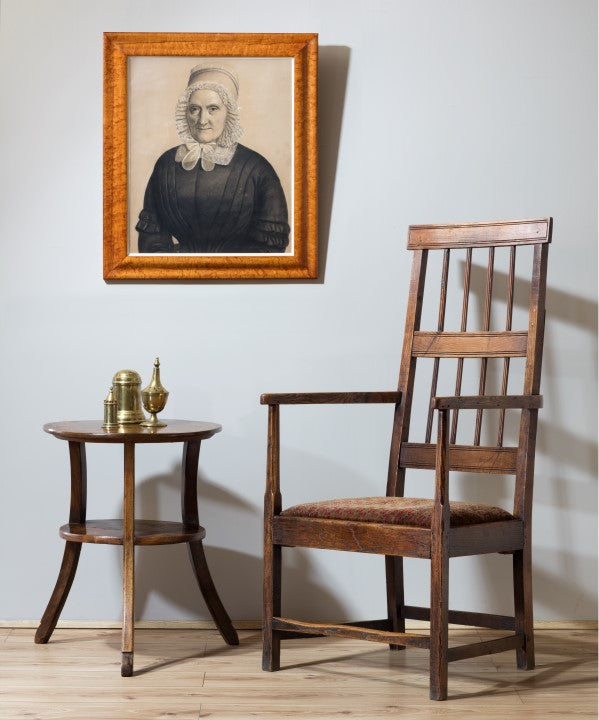Collecting antique oak and country furniture.

Collecting oak and country furniture can be one of the most rewarding fields of antique English furniture. Most country furniture was designed for its functionality rather than show and was made for farmhouses, taverns and churches. Pieces had to maximise their usefulness in the house so dressers occasionally stored wildfowl or a dog as well as being used for plates, pots and pans and settles were no just for sitting on but frequently had a cupboard to the rear for hanging a joint of bacon while it aged.

An antique Welsh dresser typical of the Denbighshire area.
Rustic and vernacular furniture typically utilises native woods in its construction. Cabinet-makers relied on whatever was grown on the local estates and trees that had been brought down by last year's gales. This can be seen in most English country furniture being made out of oak, elm, ash and yew with the occasional item in fruitwood. Georgian cabinet-makers were adept at utilising the intrinsic properties of these woods to give furniture structural strength. This can most famously be seen in the development of the Windsor chair with yew, which is easily turned, for the spindles and legs and elm with its strength for the seat.

A Windsor armchair made from yew and elm.
This emphasis on function means that many pieces of country furniture have survived with a beautiful colour and patination, as long as they were doing a job they haven't been restored so that they look 'smart'. This patination bears testament to the age of a piece and the many scenes it may have witnessed over the yers. Colour and patination is what makes each piece unique and enables it to resonate with the collector, something which is often missing from a piece that has been repolished.

A beautifully patinated Georgian oak mule chest.
Antique country furniture often has lovely signs of wear showing where someone has repeatedly rested their feet or worked away at a counter top, rubbing smooth a carved moulding. It is these hints at the passage of time and the lives of previous owners which makes rustic furniture so appealing and their stories can enhance a modern interior as a point of interest.

An elm armchair with lovely wear to the stretchers caused by feet resting on them.
Finally oak and country furniture can hint at the long lost traditions of England and Wales. Most 17th and 18th Century cabinet-makers never left their immediate vicinity which led to local styles developing. Carved oak furniture had unique details depending on whether it was made in the Yorkshire Dales or Westmorland and each Welsh Valley had its own quirks.

A 17th Century oak coffer with carving typical of Westmorland

